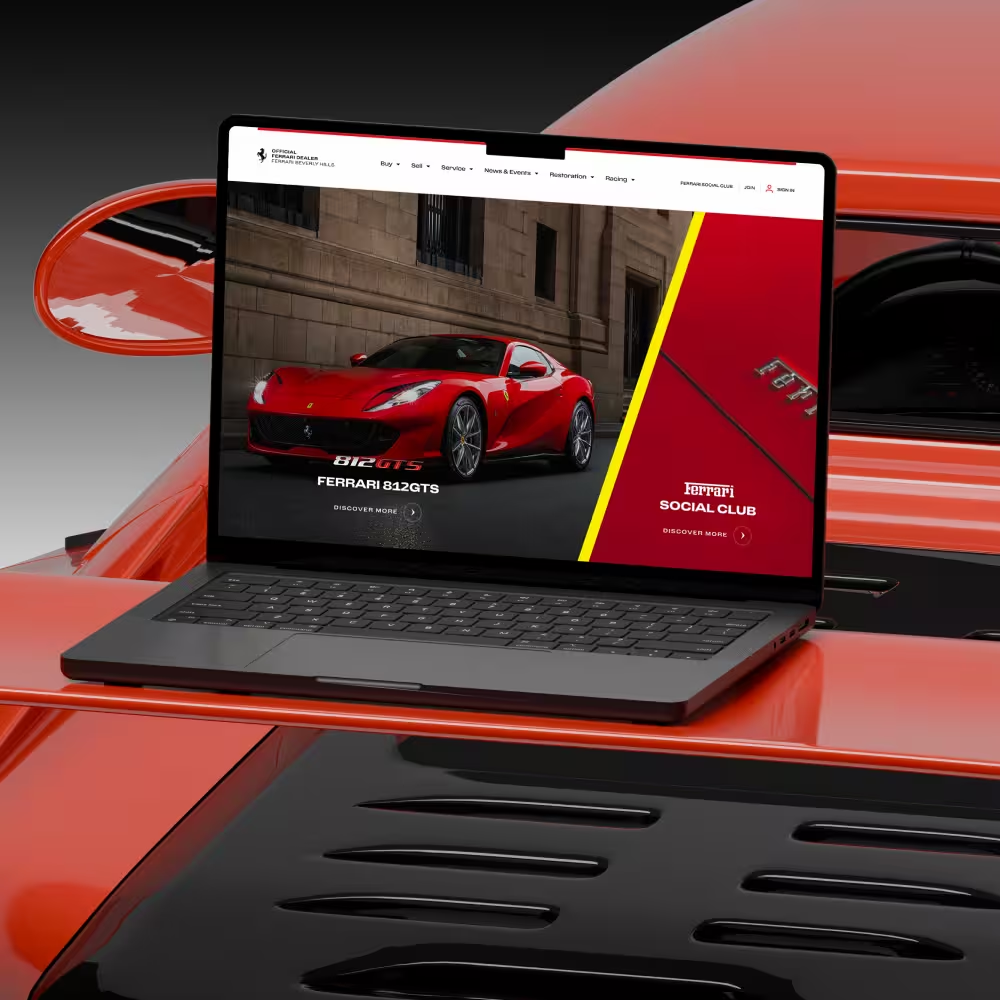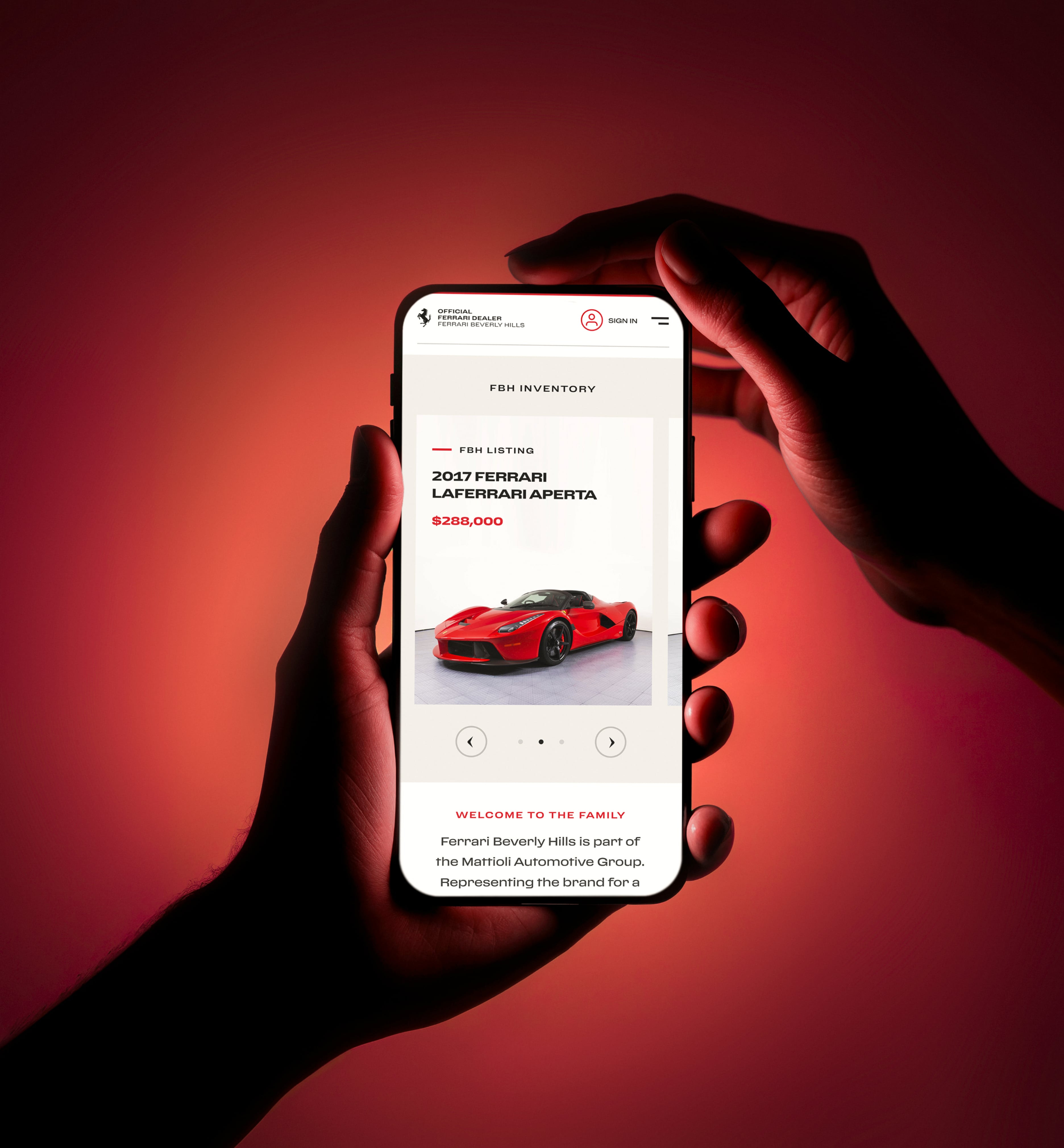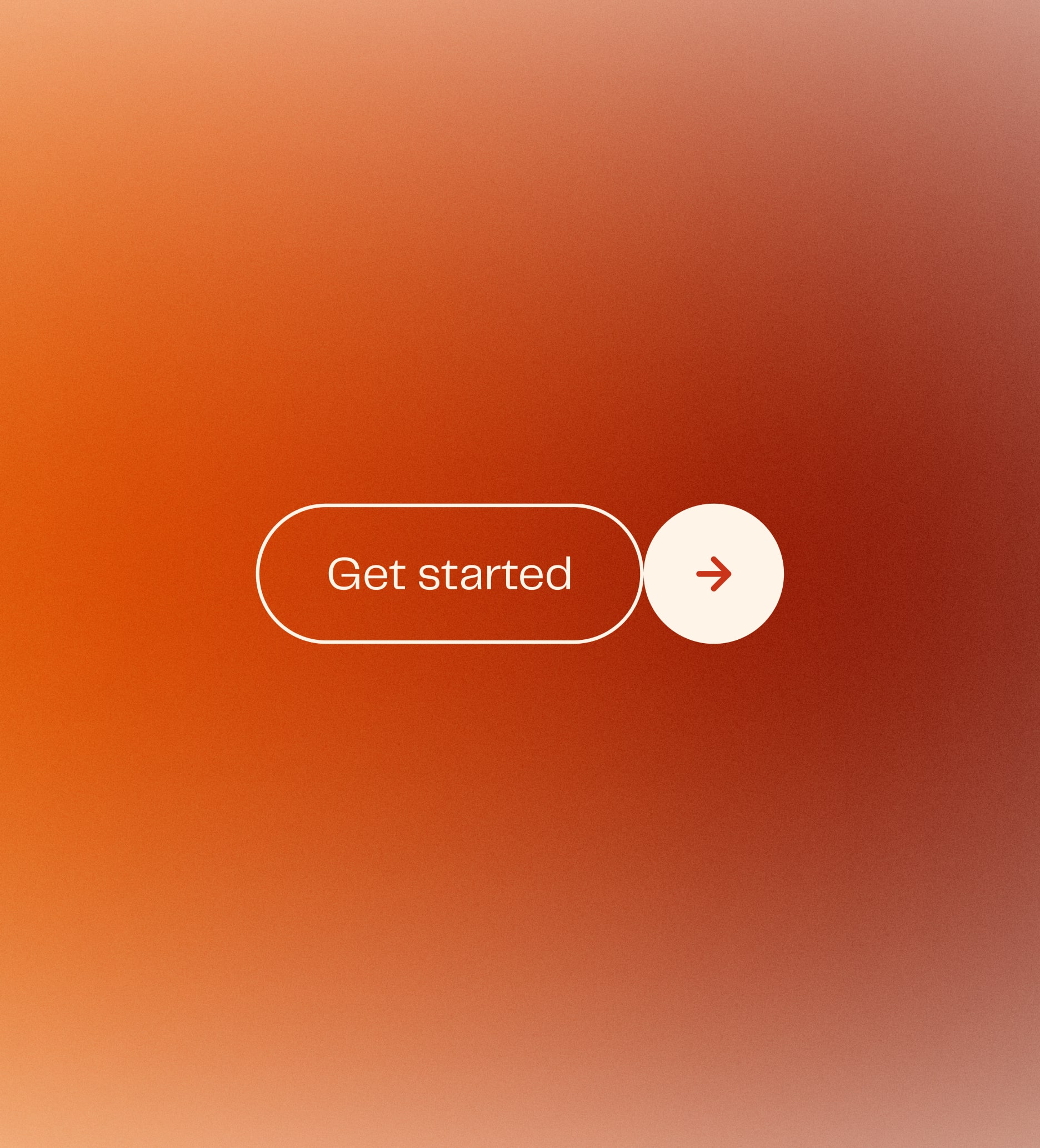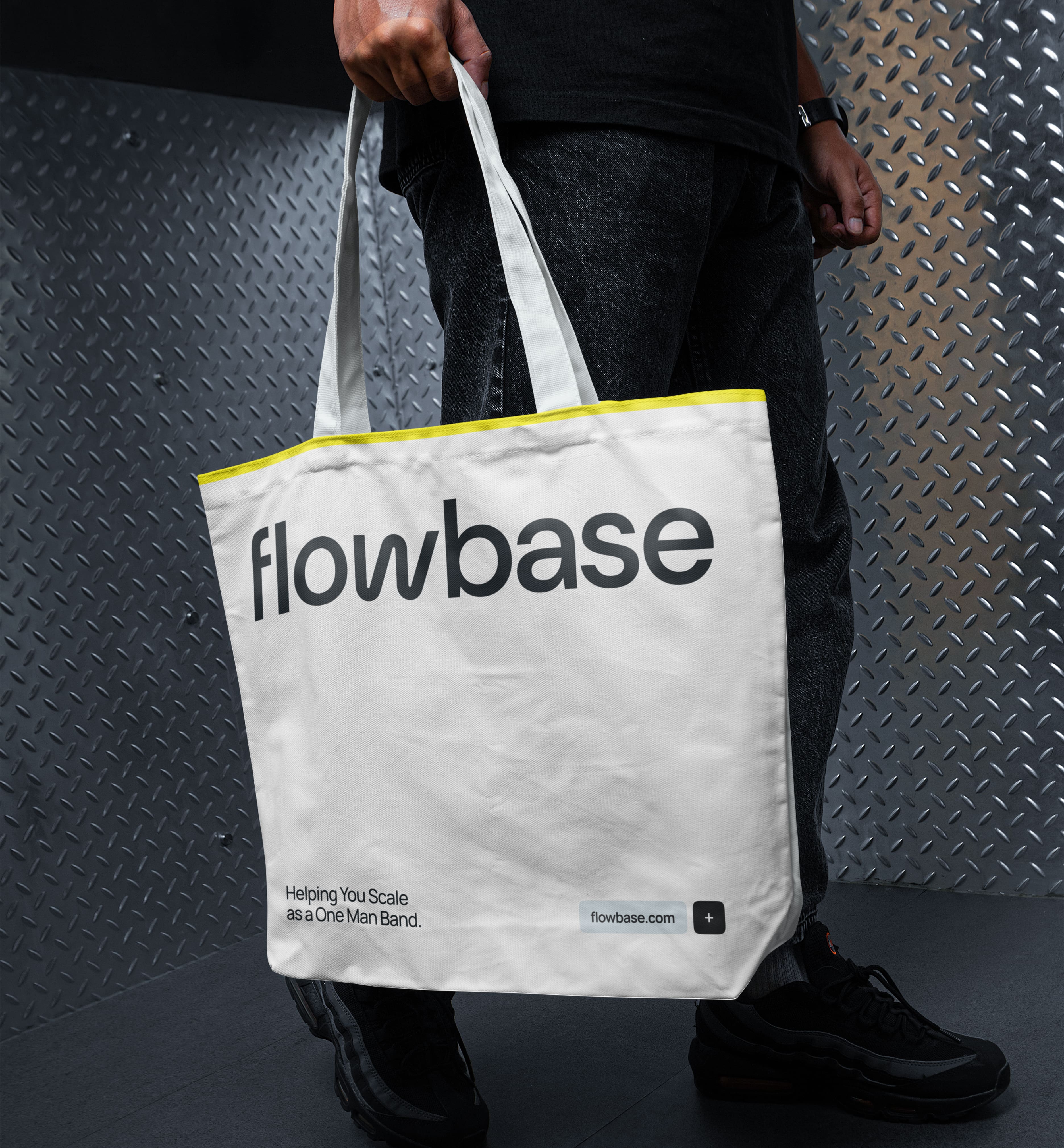Web3 comes with big promises: decentralization, transparency, user ownership. But for designers, it also brings something more subtle - and more complex. A shift in mental models, interaction patterns, and trust dynamics.
At AKEO, we’ve been designing for Web3 long enough to know: this space is noisy, fast, and full of hype. But under the surface, it also demands some of the most thoughtful, user-centered design work we’ve ever done.
This post isn’t a manifesto. It’s a designer’s field guide. Here’s what’s actually different in Web3 UX - and what’s still just good design.

The architecture changed. The user didn’t.
In Web3, users interact with smart contracts, not just apps. They sign transactions, manage wallets, and handle private keys. But here’s the catch: most users don’t care.
They still want clarity, speed, and confidence. They don’t want to “learn the blockchain.” They want to know: Did this work? Is it safe? What happens next?
That means one thing: Web3 UX should feel familiar before it feels revolutionary. The architecture can change radically. The interface shouldn't.
Onboarding is the hardest part of web3 - and the most important to get right
Web2 onboarding is friction. Web3 onboarding is friction, trust, and technical education rolled into one.
- Do I need a wallet?
- What’s gas?
- Why is there a warning when I sign something?
- Can I undo this?
If you lose them here, you lose them for good.At AKEO, we focus on progressive onboarding:
- Delay account creation until it’s absolutely necessary.
- Explain wallet connections with visual metaphors, not just technical terms.
- Use soft language and guided walkthroughs for first-time actions.
- Always give users a clear way to back out safely.
What stays: the need for clarity and emotional safety.
What changes: you’re designing for a less forgiving environment.




















































